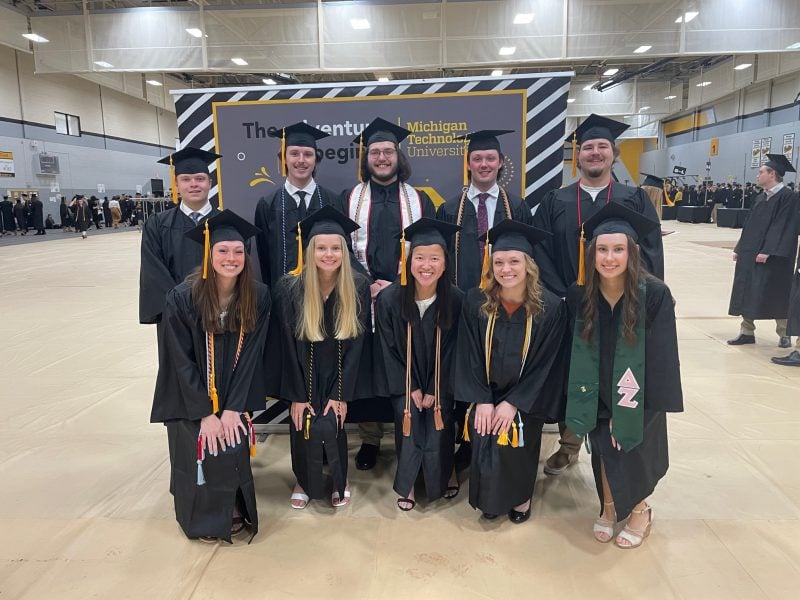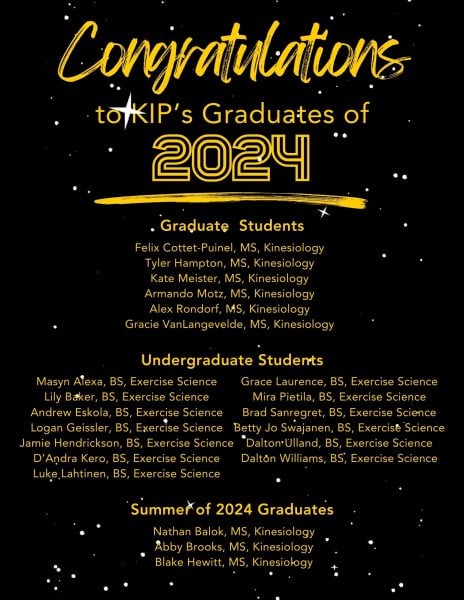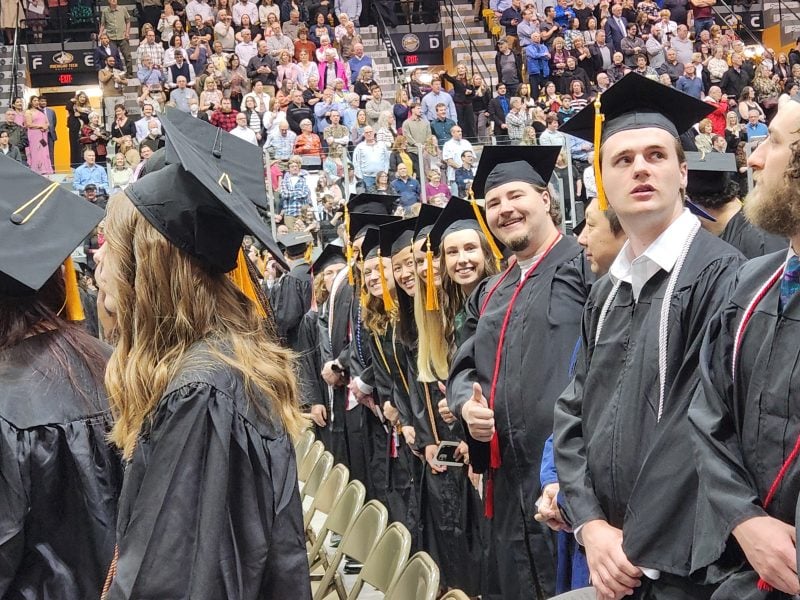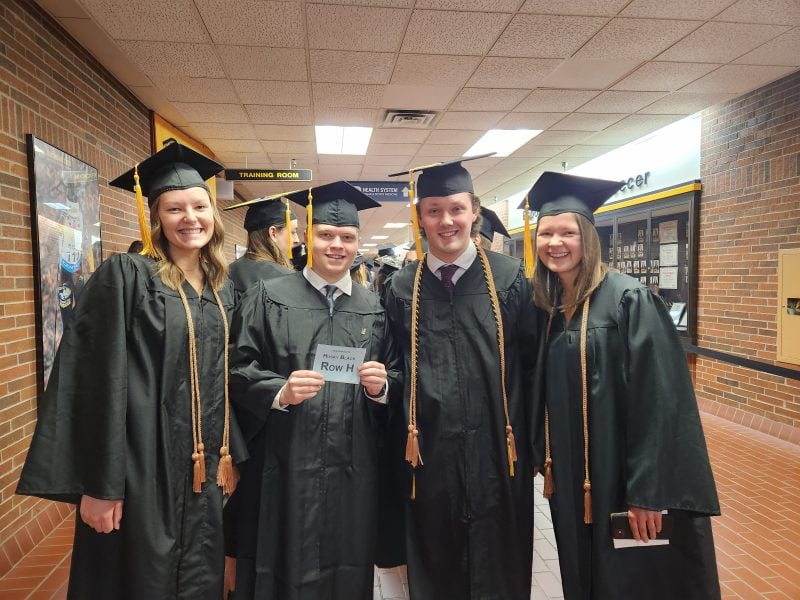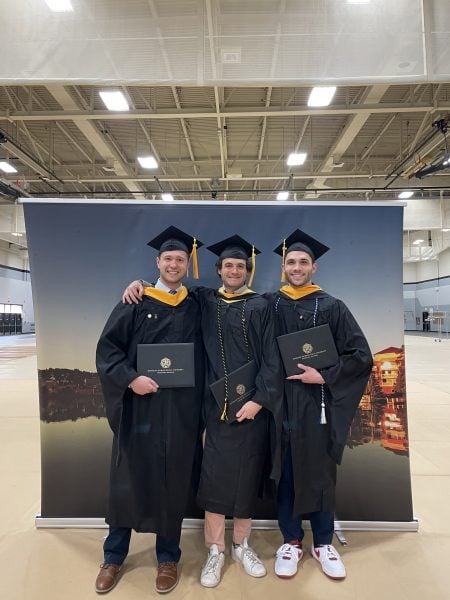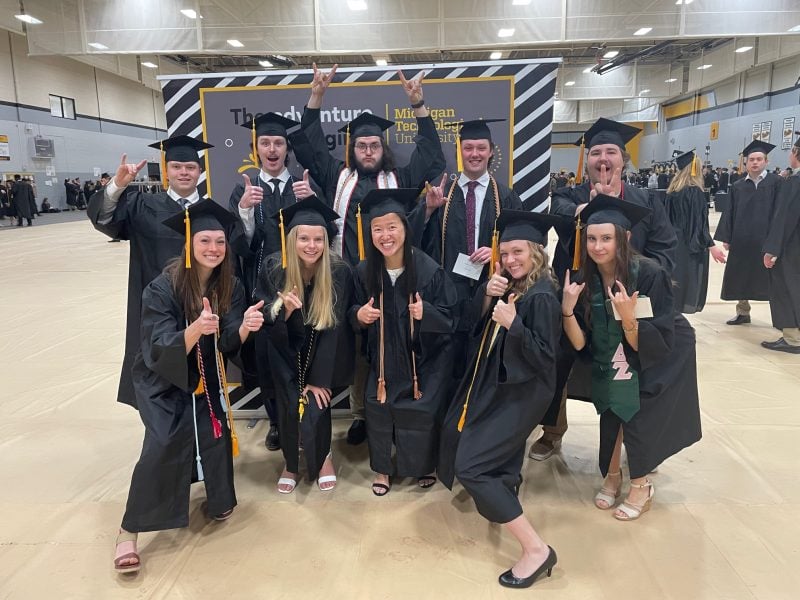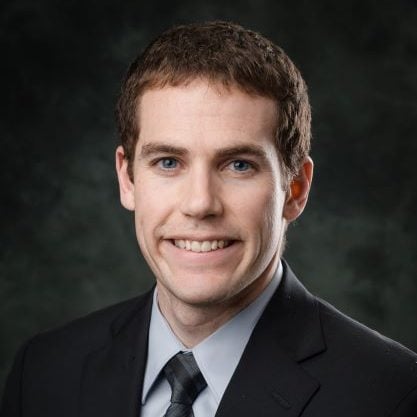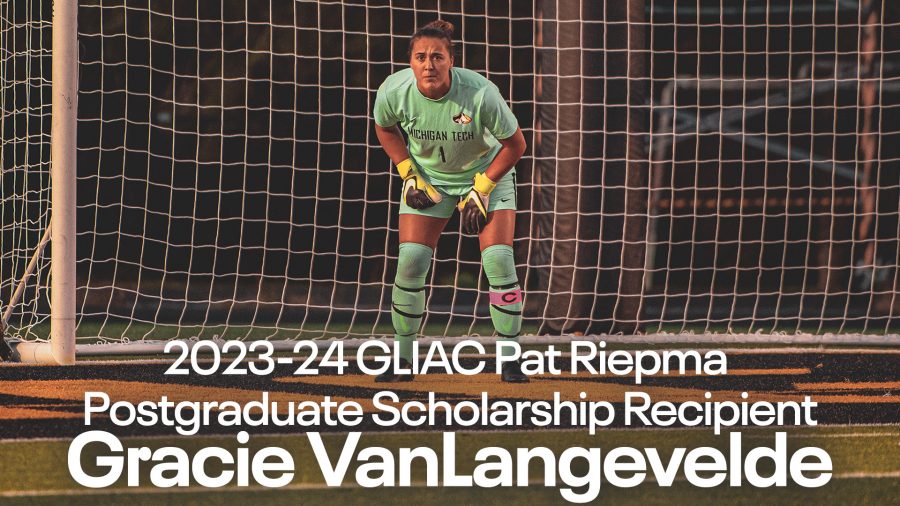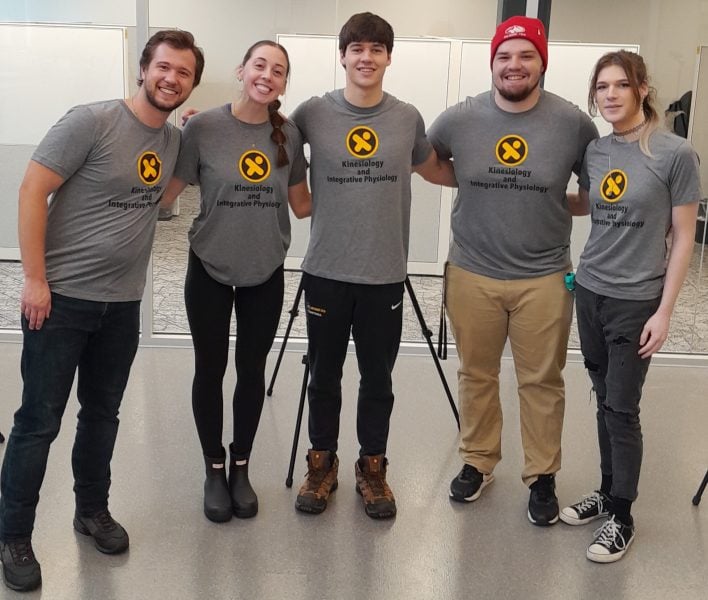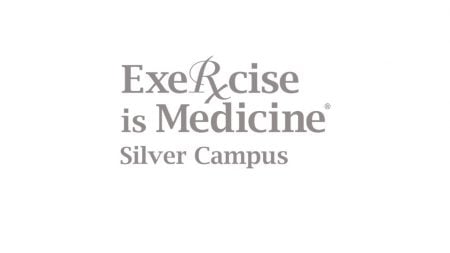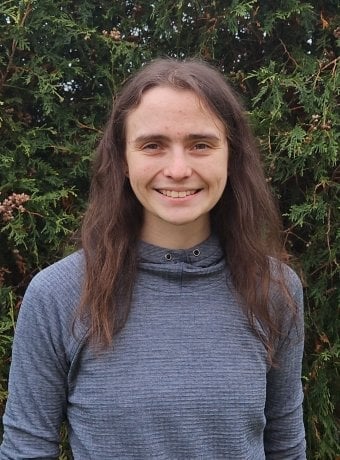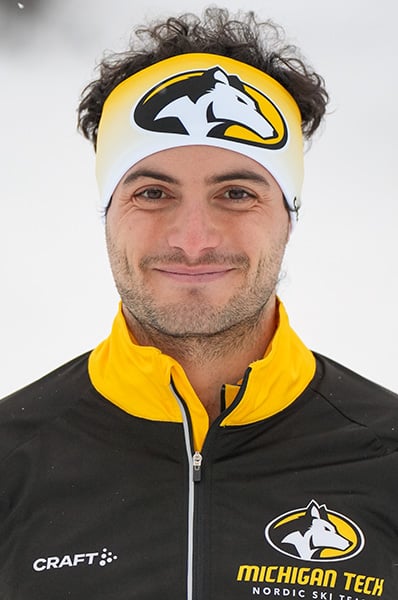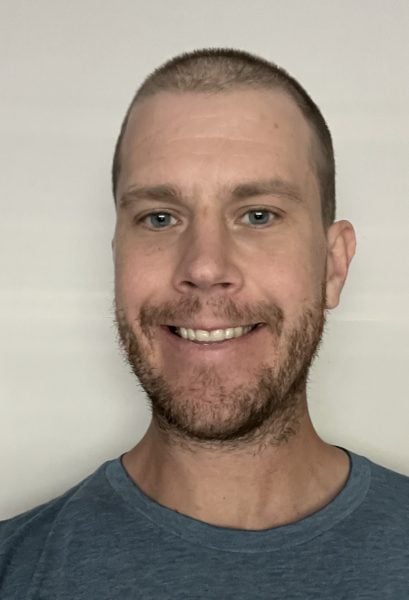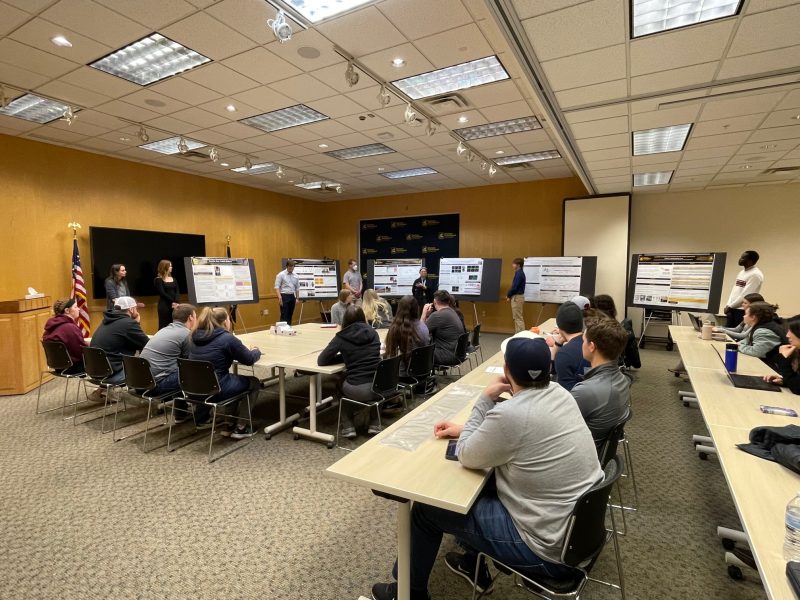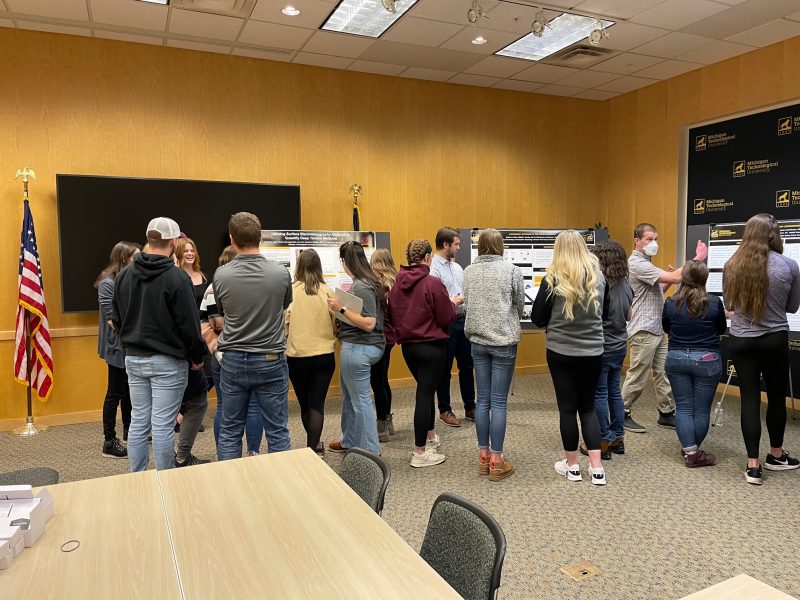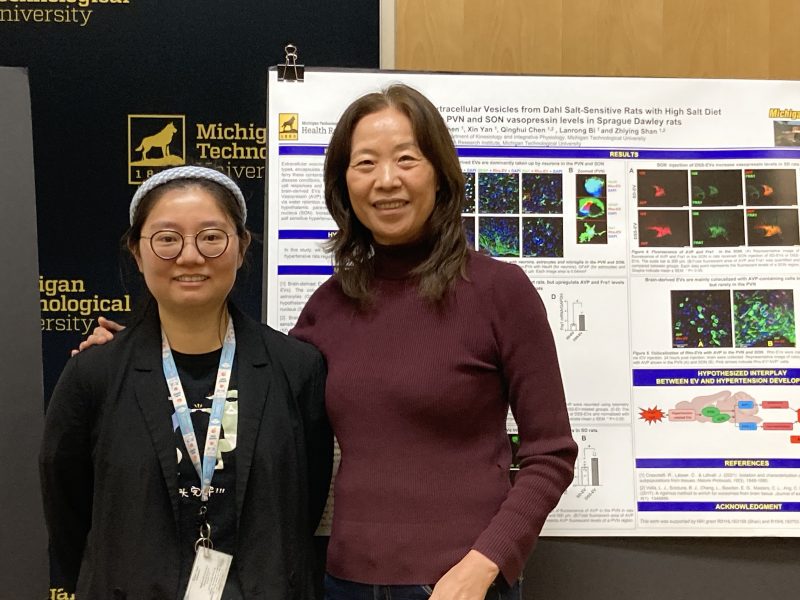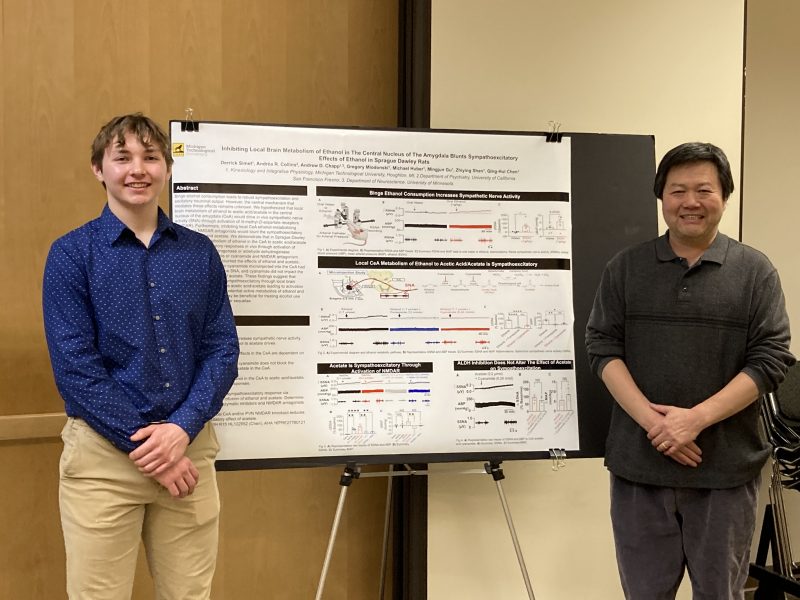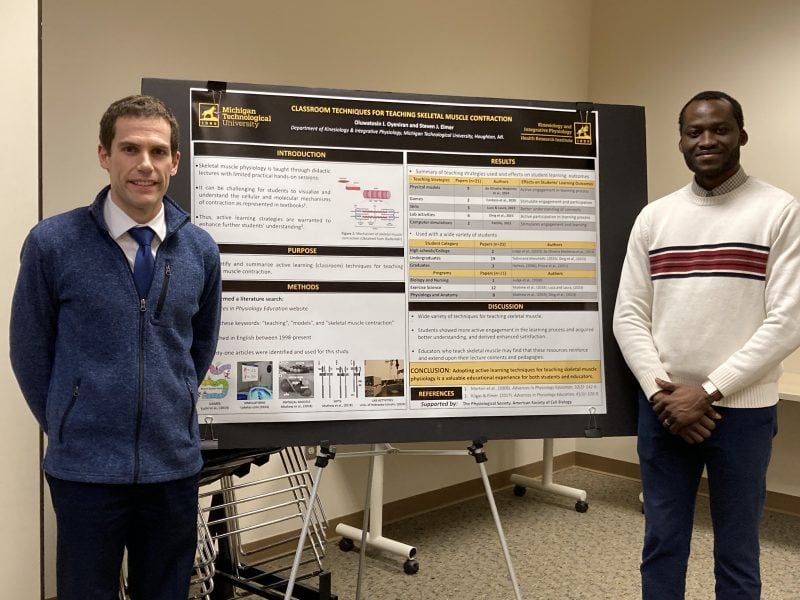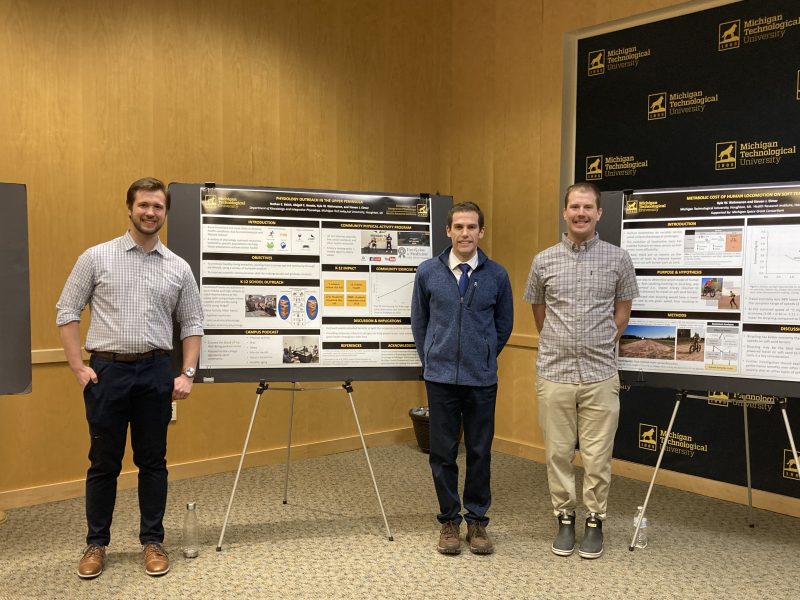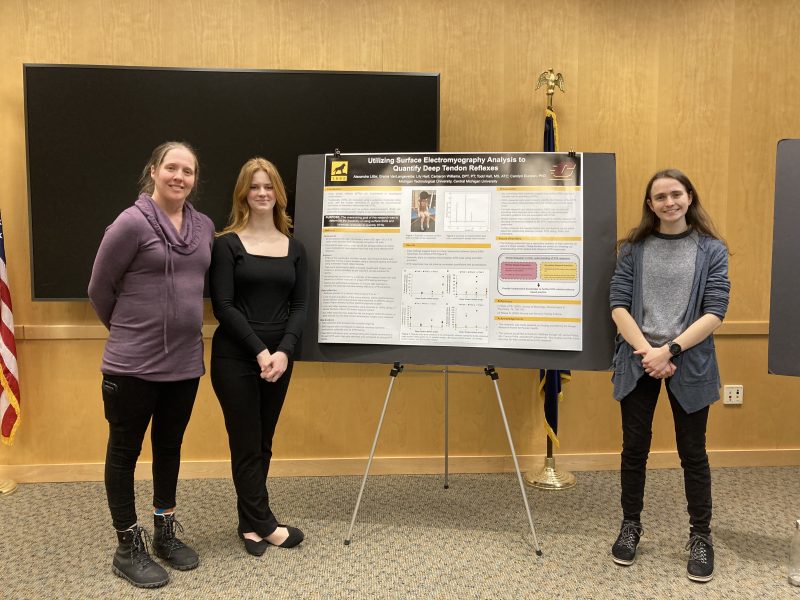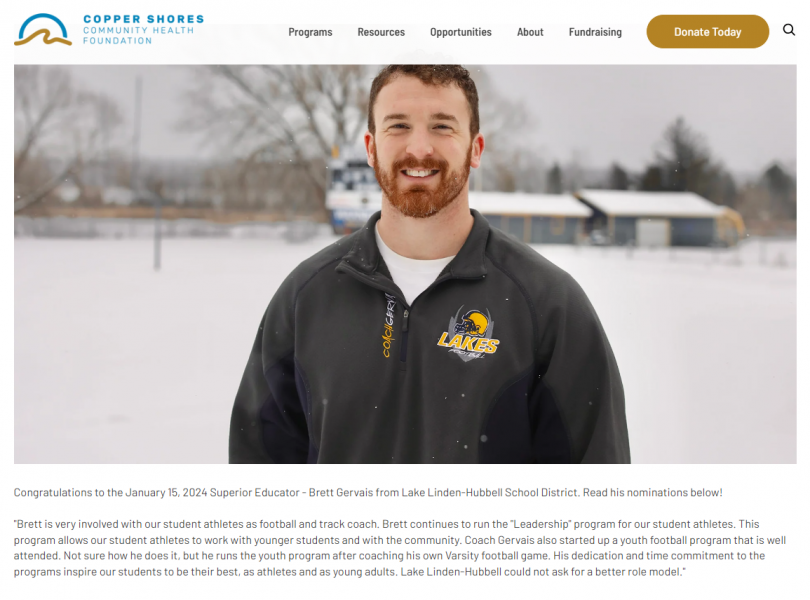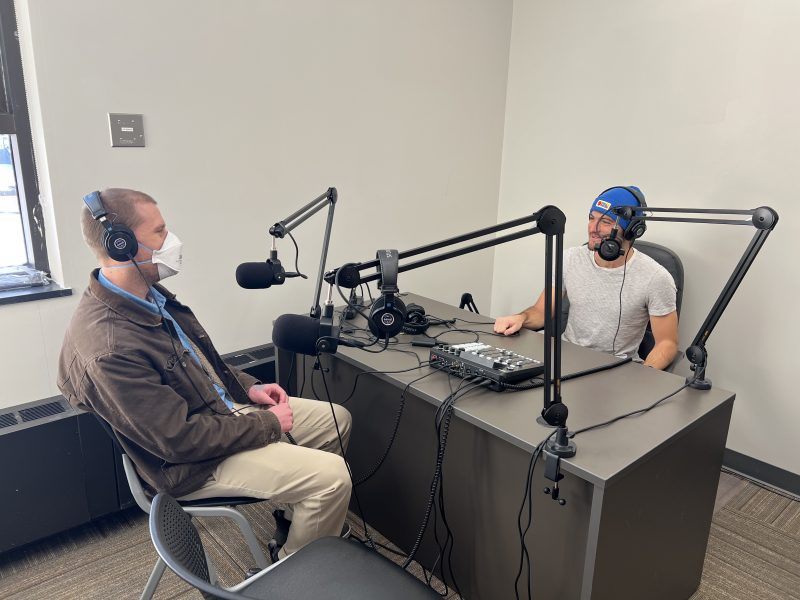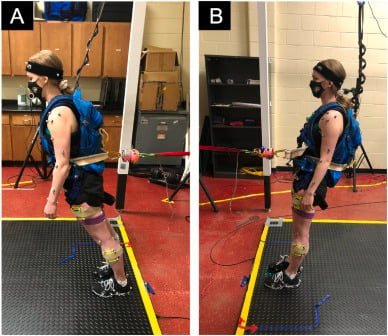Dr. Steve Elmer wrote a letter to the editor that was published in the Mining Journal on April 15, 2024 about the importance of physical activity and urging Senator Gary Peters and Senator Debbie Stabenow to support “Promoting Physical Activity for Americans Act” so that physical activity becomes a national priority. This bill would require the U.S. Department of Health and Human Services to continue issuing physical-activity guidelines at least every 10 years based on the most current scientific and medical knowledge.
To read the full letter, please visit the Mining Journal’s webpage.
Gracie VanLangevelde, a KIP graduate student and senior goalkeeper on Michigan Tech’s soccer team, has been named a 2023-24 Pat Riepma Postgraduate Scholarship recipient.
Gracie appeared in 57 games over the past five seasons for Michigan Tech. She was the 2023 GLIAC Goalkeeper of the Year and was a two-time All-GLIAC First Team selection. She was also honored by the United Soccer Coaches All-Midwest Region First Team and the CSC Academic All-District Team, and was a four-time member of the GLIAC Academic Excellence Team.
Gracie graduated in spring of 2023 with a bachelor’s degree in Exercise Science and received the 2023 American Kinesiology Association’s Undergraduate Scholar Award. She will complete her master’s degree in Kinesiology at Tech in spring of 2024 and plans to attend the University of Buffalo’s Department of Rehabilitation Science to pursue a Doctor of Physical Therapy.
Read more about Gracie’s scholarly and athletic achievements at Michigan Tech Athletics.
After a hiatus due the COVID-19 pandemic, Michigan Tech’s Department of Kinesiology and Integrative Physiology is gearing up for 2024 National Biomechanics Day. National Biomechanics Day is part of a worldwide initiative to increase the influence and impact of biomechanics in our society with a focus on outreach and education in schools.
This year’s theme for NBD is celebrating the 21st century’s breakthroughs in science. Our department, led by Dr. Carolyn Duncan’s Advanced Biomechanics class, will be taking students through a series of fun activities related to biomechanics technologies, including motion capture, surface electromyography, and force platforms. These activities will show how we can explore real-life situations (e.g. fall prevention, the NFL combine, and strength training). They will also demonstrate to students how the concepts that they are currently learning in their high school STEM classes, such as biology and physics, applies to the world around them since biomechanics is the study of physics acting on the living organisms.
Michigan Tech is among 145 campuses honored worldwide
Houghton, MI – Michigan Tech University is one of only 145 universities and colleges around the world to be honored by Exercise is Medicine® for its efforts to create a culture of wellness on campus. Students and faculty that deliver the “UP and Moving” Program housed in the Department of Kinesiology and Integrative Physiology helped the university to earn a silver level designation for the fourth consecutive year from the Exercise is Medicine® On Campus (EIM-OC) program.
“We are thrilled to recognize these campuses’ commitment to make movement a part of daily campus culture and give students the tools to cultivate physical activity habits that will benefit them throughout their lives,”said interim CEO Katie Feltman.“ These campus programs are nurturing future leaders who will advance a key tenet of Exercise is Medicine®: making physical activity assessment and promotion a standard in health care.”
The U.S. Department of Health and Human Services recommends that adults engage in at least 150 min of moderate-to-vigorous intensity physical activity each week along with two days of muscle strengthen activities. To facilitate physical activity, the UP and Moving program offers free virtual home-based workouts to keep students, staff, faculty, and community members active. The home-based workouts include both aerobic exercise (i.e., walking) and muscle strengthening exercise (i.e., weightlifting), do not require any specialized equipment, and are easily adapted to fit a wide range of ages and ability levels. The live workouts are also recorded and available to watch anytime on the program’s website.
The UP and Moving Program was created in 2020 by a team of students supervised by Steven Elmer, Associate Professor and Interim Chair of the Department of Kinesiology and Integrative Physiology. During the past year, workouts were led by a diverse group of Michigan Tech students from several countries around the world including the United States, Canada, France, and Nigeria.
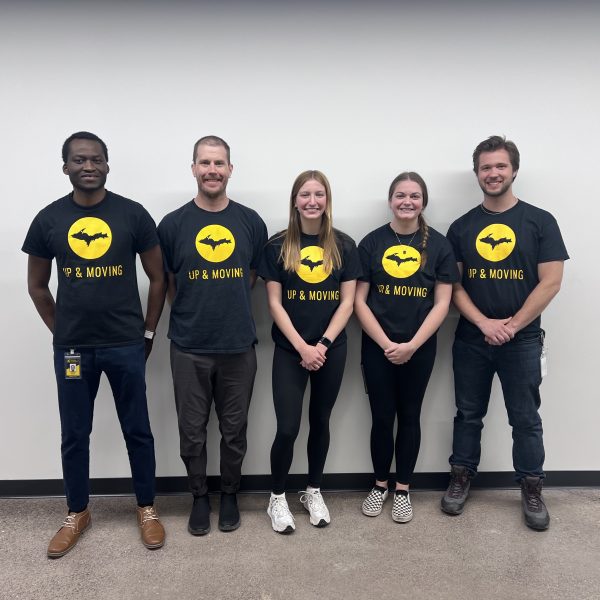
EIM-OC calls upon universities and colleges to promote physical activity as a vital sign of health and encourages students, staff, and faculty to work together to improve the health and well-being of the campus community. EIM-OC launched its recognition program in 2014 to honor campuses for their efforts to create a culture of wellness. Schools earn gold, silver, or bronze status based on their activities. Of the 145 campuses recognized, 83 received Gold, 44 received Silver and 18 received Bronze. All Gold, Silver and Bronze universities and colleges will be highlighted on May 29 at the Exercise is Medicine® recognition ceremony at the American College of Sports Medicine Annual Meeting.
As a silver level campus, the UP and Moving program has helped engage students, staff, and faculty in educational and wellness initiatives and make movement part of the daily campus and community culture. “Our program aims to achieve gold level status by working with local health care providers to establish physical activity as a health vital sign,” explained Elmer. “We are also working to raise awareness and support for U.S. Senate Bill 397 – “Promoting Physical Activity for Americans Act” which would require the U.S. Department of Health and Human Services to issue physical-activity guidelines for all Americans every 10 years based on the most current scientific and medical knowledge.”
The American College of Sports Medicine co-launched Exercise is Medicine® in 2007 with the American Medical Association. Exercise is Medicine® is committed to the belief that physical activity promotes optimal health, is integral in the prevention and treatment of many medical conditions and should be regularly assessed and included as part of health care. To learn more about Exercise is Medicine® and the UP and Moving program, visit their websites.
Congratulations to three of KIP’s graduate students on their recent research, teaching, and scholarly achievements! Compliments to these students, as well as the faculty that provide the training and mentorship for their success.
- Lily Hart (MS student) received the Harry R. Cohodas U.P. Graduate Student Fellowship for Summer 2024.
- Felix Cottet-Puinel (MS student) is the recipient of the Dean’s Award for Outstanding Scholarship from the Graduate School.
- Kyle Wehmanen (PhD student) is the recipient of the Outstanding Teaching Award from the Graduate School.
- Kyle Wehmanen received a second year of funding for his Michigan Space Grant Consortium Fellowship.
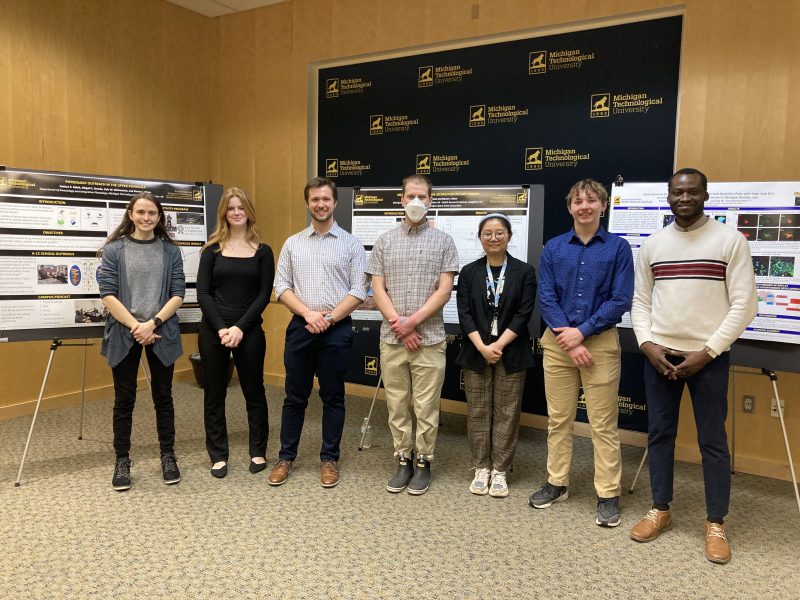
The MTU KIP department hosted its annual Student Research Forum on February 16, 2024 as part of its February department seminar series. Students and faculty from the Department of Kinesiology and Integrative Physiology, as well as the Central Michigan University Doctorate of Physical Therapy Program attended. Several undergraduate and graduate students presented their research, educational, and outreach related projects.
As part of the thematic style poster session, students first delivered short, 3-minute oral presentations to the audience and then gave more in-depth explanations of their projects to attendees that circulated through the posters. The student presentations were excellent, and students were commended for their work and level of professionalism. Importantly, the questions and feedback that students received will help them move their projects forward and prepare to present their work at regional and national conferences later this Spring.
To help support student travel to conferences, please consider contributing to our student travel fund through our giving opportunities page.
Brett Gervais is an alum of both the MTU KIP department in Exercise Science and the CMU Doctorate in Physical Therapy (DPT) program. He was nominated as a Copper Shores Superior Educator for his role as a football and track and field coach in the Lake Linden-Hubbell school district. He is currently a physical therapist at Aspirus in Calumet. Congratulations to Brett for earning such a great honor and being a positive role model for so many student athletes in our local area.
Graduate students Kyle Wehmanen and Felix Cottet-Puinel discussed their recent publication in the Advances in Physiology Education titled “Impact of Health Behaviors on Community Well-Being and Resilience: Teaching K-12 Students with Jenga!” on the American Physiological Society (APS) Publications Podcast series. You can listen to the podcast on the APS Publications Podcast website.
Three departments at Michigan Tech collaborated on a research study titled “Influences of Backpack Loading on Recovery from Anterior and Posterior Losses of Balance.” The official release of the paper can be found in Applied Ergonomics.
Students from the Kinesiology and Integrative Physiology and Mechanical Engineering-Engineering Mechanics department at MTU and Central Michigan University’s Doctor of Physical Therapy program worked on this study under the direction of Dr. Carolyn Duncan (KIP faculty).
